Drinking Water Testing
Element’s environmental experts conduct routine drinking water testing to ensure potable water is safe for human consumption and meets regulatory requirements. Our environmental experts make certain that water quality fulfills clients' legal requirements. We conduct a comprehensive range of microbiological and chemical water testing services to monitor the quality of potable (drinking) water. Our global laboratories are UKAS accredited or ISO 17025 accredited and use the latest analytical equipment to monitor pseudomonas, total viable count, coliforms, E. coli, and legionella in water.
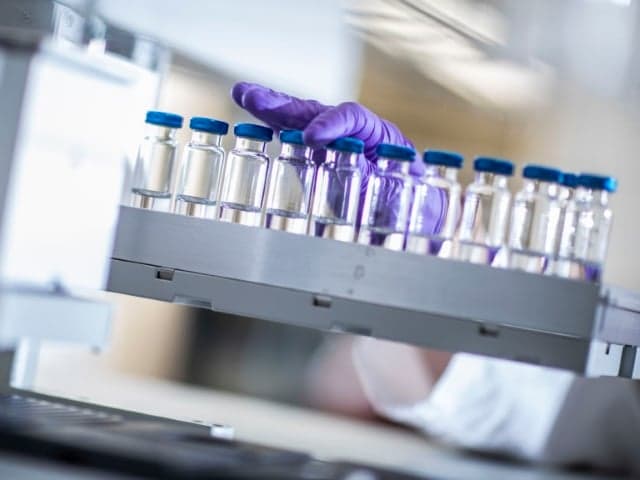
What is drinking water testing at Element?
Element provides comprehensive laboratory testing services to monitor and verify the safety and quality of potable water. Our environmental experts conduct thorough microbiological and chemical analysis to ensure water quality meets regulatory requirements, using accredited testing methods and state-of-the-art analytical equipment.
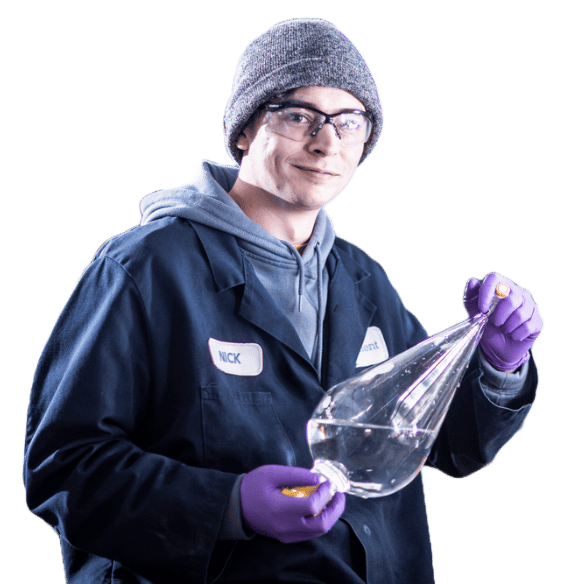
What can Element offer you for drinking water testing?
What we test for
What we test for
Element's laboratories provide comprehensive testing for microbiological contaminants including total coliform, E.coli, legionella, pseudomonas, and enterococci. We also test for chemical parameters including nitrates, nitrites, ammonical nitrogen, B.O.D and C.O.D, metals, cyanide, sulfate, hydrocarbons, VOCs, SVOCs, and pesticides.
Key services offered
Key services offered
We deliver customizable testing programs for both private and commercial wells, routine drinking water testing, and chemical analysis of closed systems. Our services include comprehensive contamination monitoring, corrosion risk assessment, and fast, accurate reporting for environmental consultants, municipalities, and private businesses.
Well water testing
Well water quality testing is essential to ensure the potability of available drinking water. Periodic and thorough well water quality testing reduces the incidence and spread of infectious diseases, and reduces exposure to harmful contaminants often found in drinking water supplies.
Element’s environmental experts provide a comprehensive well water quality testing service for both private and commercial wells. Testing can be conducted according to regional and international standards and can be customized to suit client needs.
Chemical parameters of drinking water testing
We can also provide an analysis of the chemical parameters and contaminants of potable water in closed systems. Contamination levels in water can lead to an increased risk of corrosion. Our chemical analysis team can test for:
- Nitrate and nitrite
- Ammonical nitrogen
- B.O.D and C.O.D
- Full metals
- Cyanide and sulfate
- Hydrocarbon's
- VOC's and SVOC's
- Pesticides
Cutting-edge equipment we use
Cutting-edge equipment we use
Our state-of-the-art laboratories utilize the latest analytical equipment for all testing procedures, ensuring accurate and reliable results across all parameters. We employ advanced testing methodologies for both microbiological and chemical analysis providing quick turnaround times.
Which labs offer this service
Which labs offer this service
Our global network of UKAS accredited and ISO 17025 accredited laboratories provides drinking water testing services, ensuring consistent quality and compliance across regions. Our 8,500-strong team operates from environmental testing hubs across the world, providing global access to our expert capabilities. Find out where your nearest environmental testing hub is on our Locations Page.
Standards we test to and what we test
- Regional standards
- International standards
- Federal standards
- State standards
- Country-specific legislation
- Total coliform and E.coli
- Legionella
- Pseudomonas
- Enterococci
- Metals
- Nitrate and nitrite
- Ammonical nitrogen
- B.O.D and C.O.D
- Cyanide and sulfate
- Hydrocarbons
- VOCs and SVOCs
- Pesticides
Your Challenges, Our Solutions
Regulatory Compliance Complexity
Public Health Protection Concerns
Time-Critical Results Needed
Cost-Effective Testing Requirements
Why Choose Element

Global Accredited Network
Comprehensive Testing Capabilities
Fast, Accurate Results
Custom Testing Programs

Explore our global network of labs and find your nearest location
VIEW ALL LOCATIONSRelated services
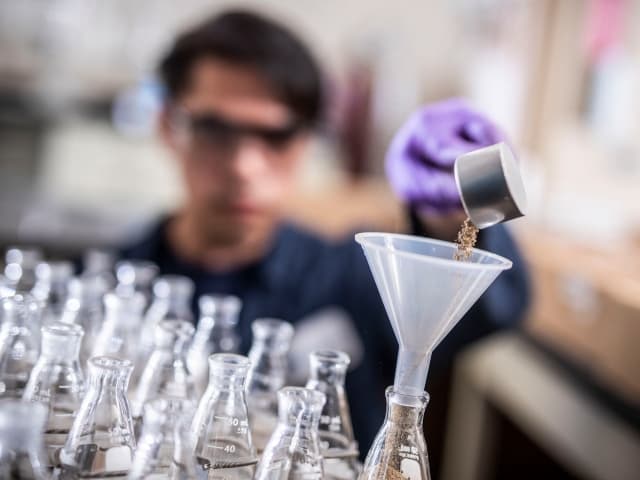
Hydrocarbon Testing
Need reliable hydrocarbon testing? Element delivers precise analysis of water and soil samples to ensure regulatory compliance and prevent environmental issues. Our advanced labs provide fast, accurate results for all your testing needs.
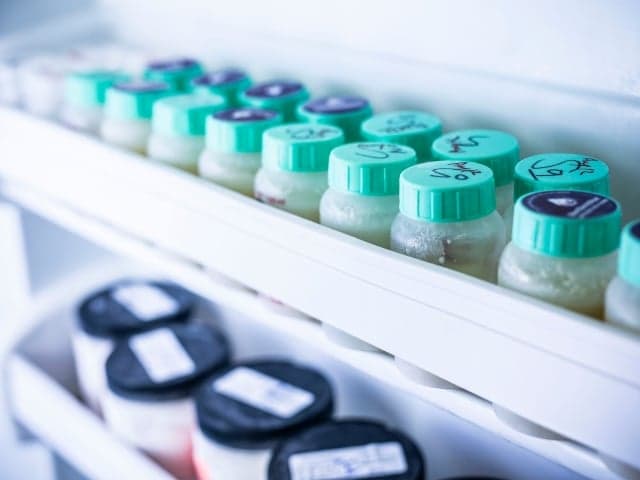
Pesticide Testing & Analysis Services
Element provides precise pesticide testing and analysis services for water, soil, and food. Our ISO 17025-accredited labs use advanced GC/MS technology to ensure compliance with EPA 8270 standards. With nearly 190 years of expertise, we deliver fast, reliable results and expert guidance to meet complex regulatory requirements.
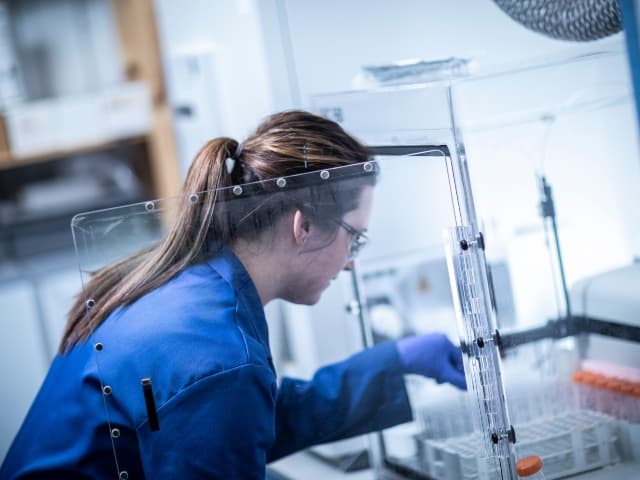
Microbiological Testing and Analysis Services
Element's experts use highly sensitive techniques and the latest analytical methods to provide a wide array of microbiological testing to meet customer specifications and regulatory requirements.

Water Testing & Analysis Laboratory Services
Element’s accredited water testing provides fast reliable results, and contaminant detection to support compliance, risk mitigation, and all water types. Learn More.

Legionella Risk Assessment
Water sources require monitoring for the presence of the Legionella pneumophilia bacteria and must undergo thorough Legionella risk assessments.
